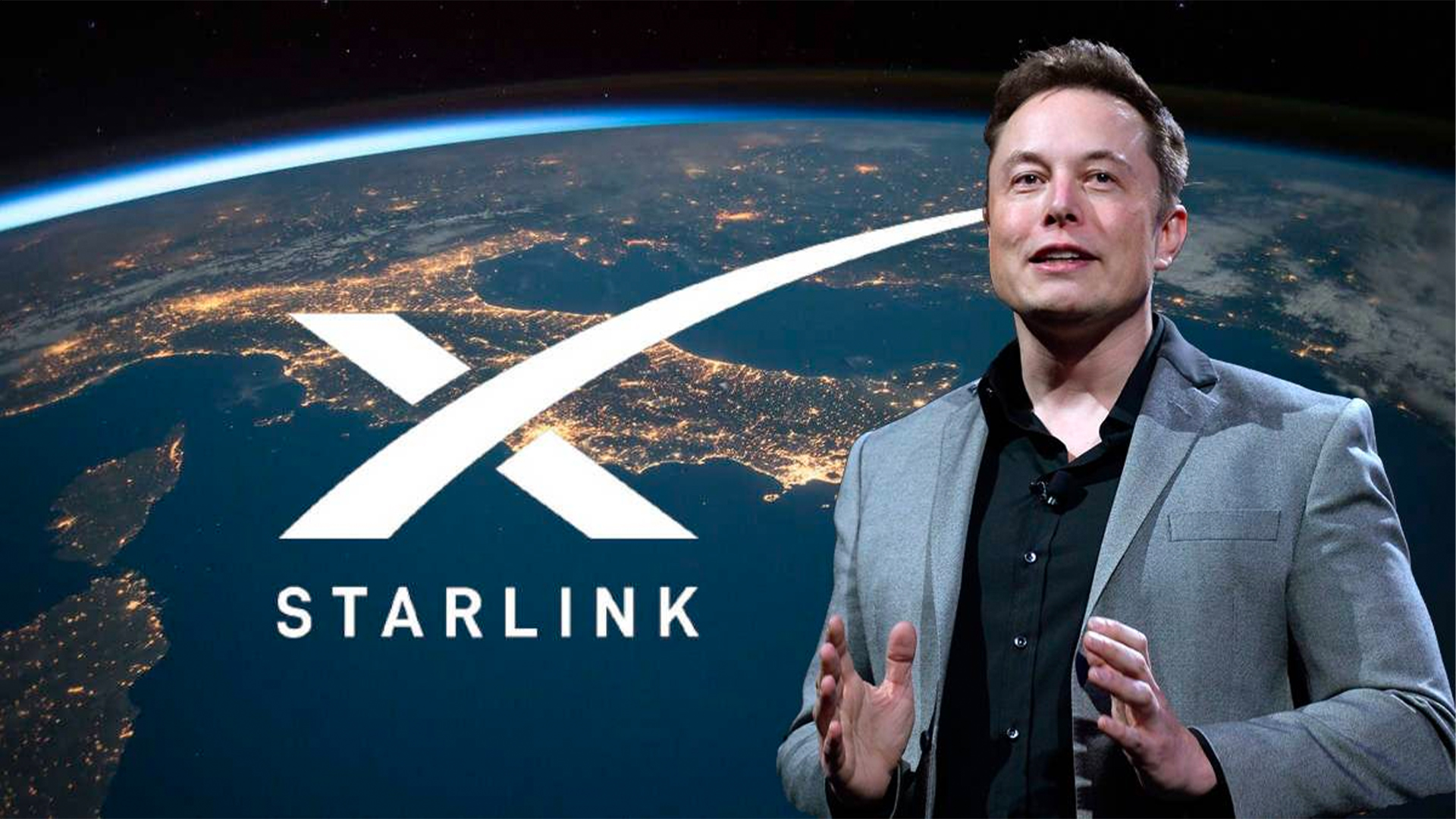Play all audios:
With Direct-To-Cell connectivity, Elon Musk hopes to reduce the area where there is little or no coverage to a minimum, by allowing users to directly connect their cell phones to mobile
networks without the need for a Starlink terminal read more SpaceX has successfully launched 21 Starlink satellites into low-Earth orbit from the Space Launch Complex 4 East at Vandenberg
Space Force Base in California. Notably, this launch included the first six Starlink satellites equipped with “Direct to Cell” capabilities, allowing users to directly connect their cell
phones to mobile networks without the need for a Starlink terminal. Elon Musk, CEO of SpaceX, shared a video on Wednesday, stating, “First launch of Starlink Direct-to-Phone satellites.” He
emphasized that this innovation enables mobile phone connectivity anywhere on Earth. > This will allow for mobile phone connectivity anywhere on Earth. > > Note, this only supports
~7Mb per beam and the beams are very big, > so while this is a great solution for locations with no cellular > connectivity, it is not meaningfully competitive with existing >
terrestrial… https://t.co/ymHpw8XBHl > — Elon Musk (@elonmusk) January 3, 2024 However, Musk clarified that the Direct-to-Cell capability supports only 7 MB per beam, with large beams,
making it suitable for locations lacking cellular connectivity but not significantly competitive with existing terrestrial cellular networks. Direct-to-cell satellite connectivity refers to
a communication system where satellites communicate directly with individual cellular devices (such as smartphones, tablets, or IoT devices) without the need for an intermediate ground-based
infrastructure. In traditional cellular networks, communication between devices and satellites is typically mediated through ground-based cell towers and base stations. However, in
direct-to-cell satellite connectivity, this intermediate step is bypassed, allowing for direct communication between the satellite and the cellular device. SpaceX’s official post highlighted
the global impact of these satellites, stating, “The six @Starlink satellites on this mission with direct-to-cell capability will further global connectivity and help to eliminate dead
zones.” Interested users can access more information at http://direct.starlink.com. The introduction of Starlink Direct-to-Phone satellites addresses the goal of providing mobile phone
access worldwide and offering a solution for areas with inadequate cellular coverage. The innovative satellites feature advanced modems acting as cellphone towers in space, potentially
eliminating cell phone service dead zones on the ground. SpaceX envisions partnering with network providers worldwide to extend Direct to Cell services, similar to global roaming agreements.
Already, several providers, including T-Mobile in the United States, Rogers in Canada, KDDI in Japan, Optus in Australia, One NZ in New Zealand, Salt in Switzerland, and Entel in Chile and
Peru, are utilizing Direct to Cell for reciprocal access in partner nations. In 2023, SpaceX focused extensively on expanding its Starlink low-Earth orbit satellite network. Despite facing
challenges, such as two explosions during Starship test flights, the company achieved numerous crew and cargo missions to the International Space Station. SpaceX continues to advance its
position as a leader in satellite internet, with over 5,000 active satellites providing relatively low-latency internet from orbit. The recent launch underscores SpaceX’s commitment to
growing the world’s largest satellite internet network. _(With input from agencies)_

)